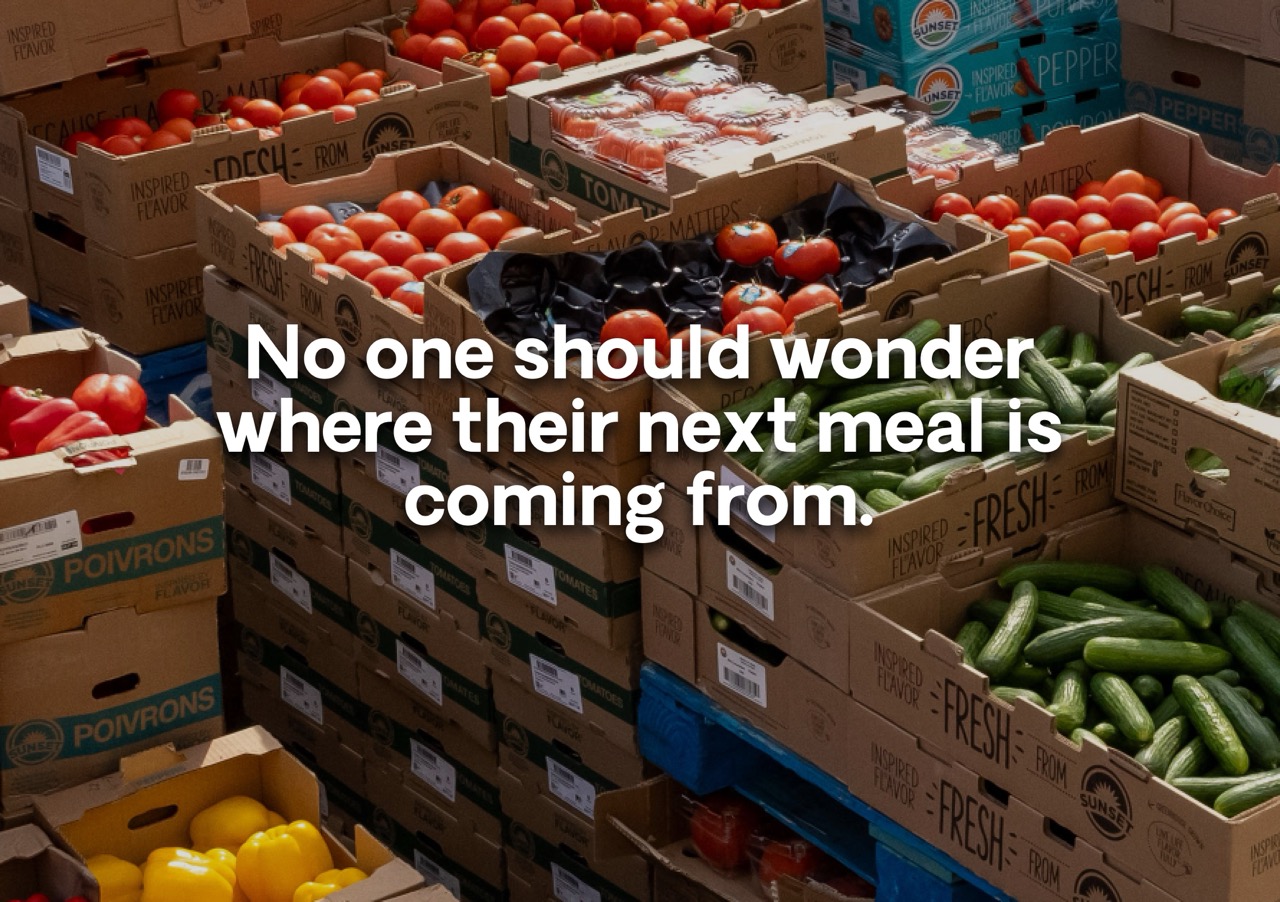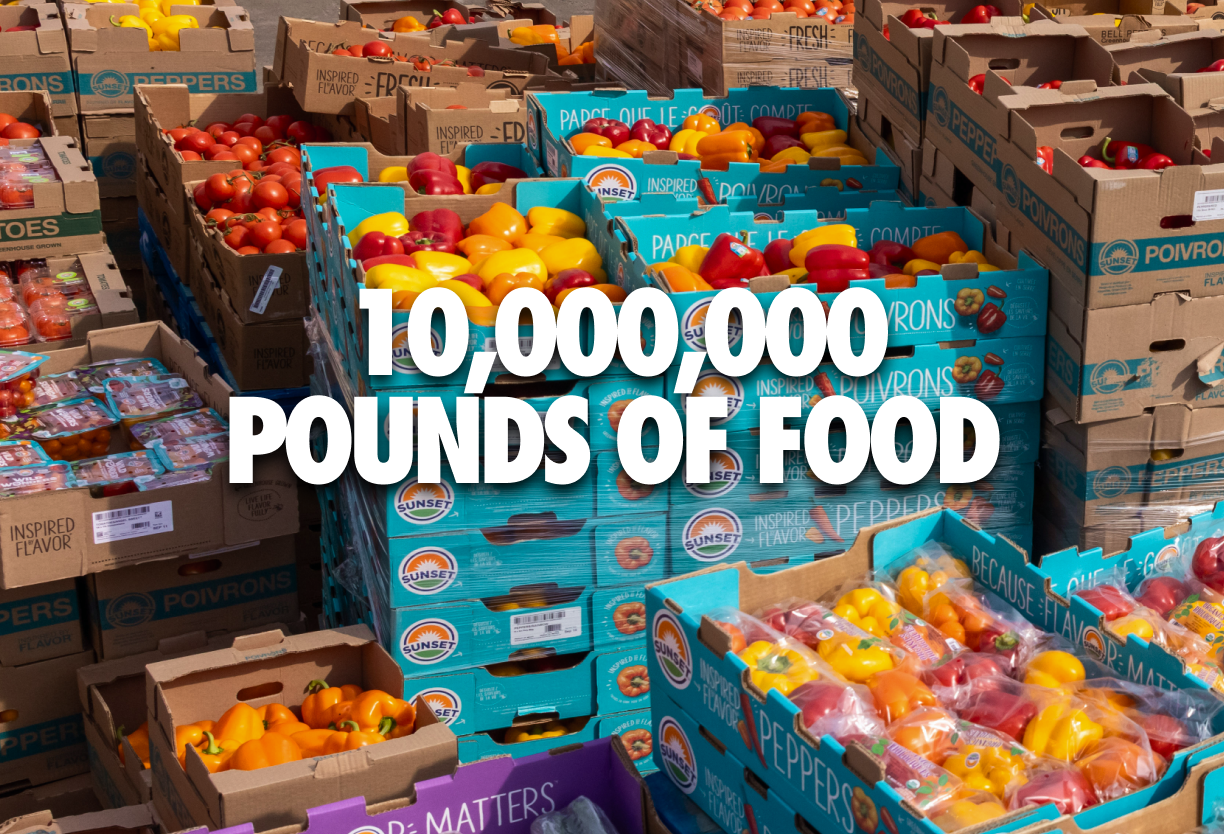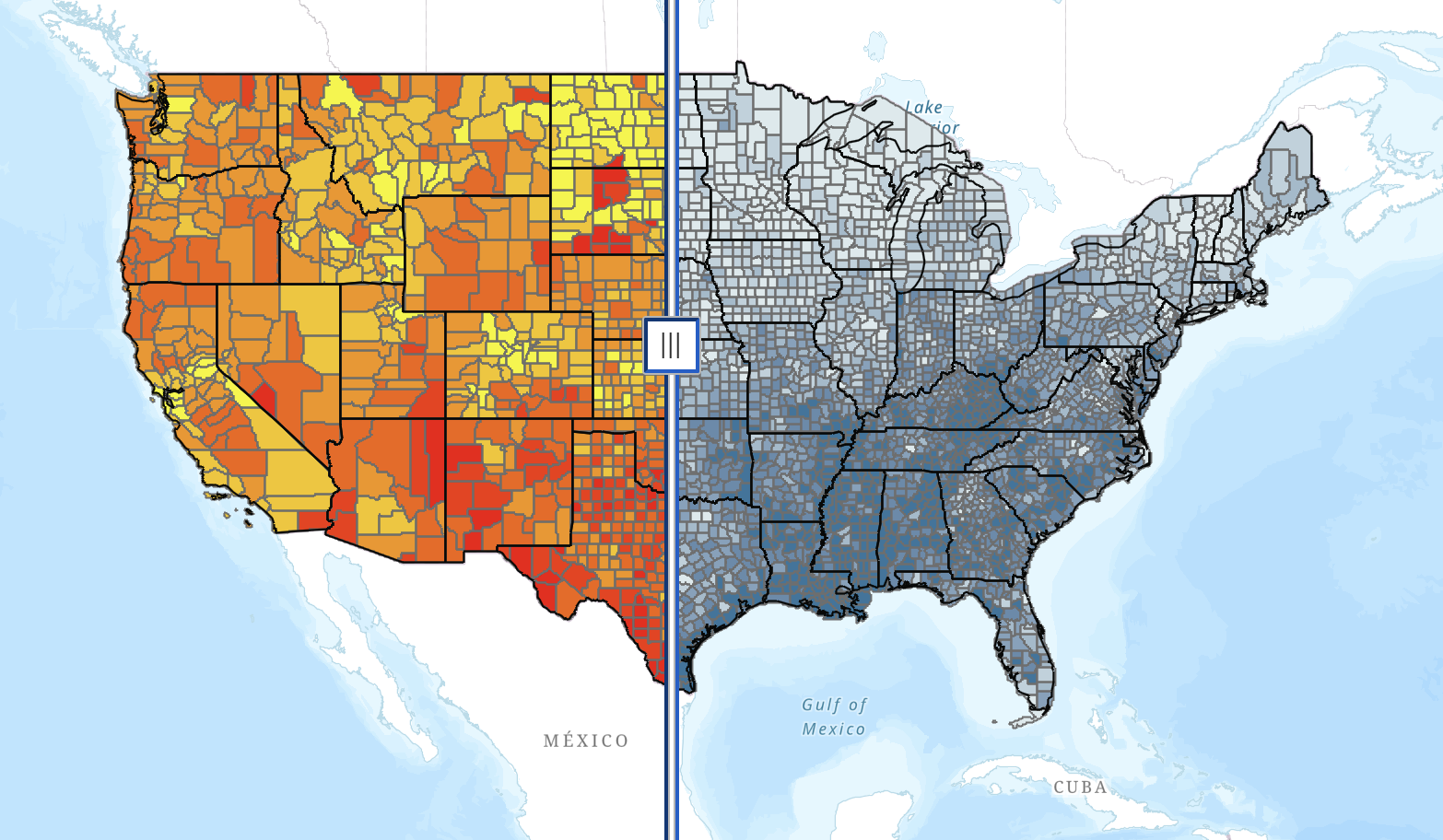As a 501(c)(3) nonprofit organization, The Farmlink Project relies on donations and grant funding to support our efforts to bring nutritious food to those facing food insecurity. Thanks to individual donors, corporations, and foundation grants, our Fundraising Team has raised nearly $13 million, an amount that continues to grow. Each dollar contributed helps rescue 24 pounds of produce and deliver 20 meals, bringing us closer to a waste-free, hunger-free future.
Outside of Farmlink, however, individual giving in America is on the decline. While two-thirds of American households gave to charities in the early 2000s, fewer than half do so today. We had the opportunity to chat with Farmlink Board Member Nathan Chappell, an executive at DonorSearch, a company that leverages artificial intelligence to help nonprofits build deeper connections with their donors, about his upcoming book, The Generosity Crisis: The Case for Radical Connection to Solve Humanity’s Greatest Challenges.
In his 20 years working with nonprofits, Chappell observed “less people giving less” due to various reasons; notably the lack of radical connection and confusion about what philanthropy truly is. Philanthropy is defined as charitable giving to worthy causes, but Chappell feels that this definition has lost its meaning over the years.
“Unfortunately too many nonprofits have focused on increasing the number of charitable transactions instead of aligning efforts that prioritize deep connections,” he said. Chapell felt the need to address these topics by writing a book “as a labor of love”, doing so in collaboration with longtime friends Brian Crimmins and Michael Ashley as co-authors. After spending the past year outlining the book, The Generosity Crisis will be available November 15, 2022 which coincides with National Philanthropy Day. Chappell hopes that his passion will inspire conversations and ideas surrounding giving, causing people to reevaluate and be more aware of philanthropy.
In his book, Chappell argues that “nonprofits have to re-engage by establishing radical connections between people and value-driven organizations.”
For one, money-dominated messaging hinders the development of a relationship that encourages donors to give again. Though nonprofits attract donors with these appeals, the lack of personal connection drives them away immediately thereafter. Over the past 15 years, donor-retention rates have fallen from 50 to 43 percent.
In efforts to gain partnerships with foundations offering large grants, nonprofits have turned away from small-donor donations. Foundations now account for nearly 20 percent of funding for charities, up from just 6 percent in the 1980s. Fundraising teams consequently spend more time writing grants and less time developing a community of involved donors.
Despite the decline in total philanthropy, Chappell sees a hopeful future thanks to a “younger generation that cares deeply about making systemic change and is willing to roll-up their sleeves to make a difference. Farmlink is a perfect example of raw ingenuity to do good in the world. It’s really a movement and story that should cause us to hope for a brighter tomorrow,” he explained.
Sacrificing relationships for money will harm nonprofits in the long term, Chappell observed. Addressing the “generosity crisis” requires that nonprofits create and foster personal connections with donors. Chappell tackles these topics in The Generosity Crisis, hoping to redirect the future of philanthropy as we know it.

< Back
As a 501(c)(3) nonprofit organization, The Farmlink Project relies on donations and grant funding to support our efforts to bring nutritious food to those facing food insecurity. Thanks to individual donors, corporations, and foundation grants, our Fundraising Team has raised nearly $13 million, an amount that continues to grow. Each dollar contributed helps rescue 24 pounds of produce and deliver 20 meals, bringing us closer to a waste-free, hunger-free future.
Outside of Farmlink, however, individual giving in America is on the decline. While two-thirds of American households gave to charities in the early 2000s, fewer than half do so today. We had the opportunity to chat with Farmlink Board Member Nathan Chappell, an executive at DonorSearch, a company that leverages artificial intelligence to help nonprofits build deeper connections with their donors, about his upcoming book, The Generosity Crisis: The Case for Radical Connection to Solve Humanity’s Greatest Challenges.
In his 20 years working with nonprofits, Chappell observed “less people giving less” due to various reasons; notably the lack of radical connection and confusion about what philanthropy truly is. Philanthropy is defined as charitable giving to worthy causes, but Chappell feels that this definition has lost its meaning over the years.
“Unfortunately too many nonprofits have focused on increasing the number of charitable transactions instead of aligning efforts that prioritize deep connections,” he said. Chapell felt the need to address these topics by writing a book “as a labor of love”, doing so in collaboration with longtime friends Brian Crimmins and Michael Ashley as co-authors. After spending the past year outlining the book, The Generosity Crisis will be available November 15, 2022 which coincides with National Philanthropy Day. Chappell hopes that his passion will inspire conversations and ideas surrounding giving, causing people to reevaluate and be more aware of philanthropy.
In his book, Chappell argues that “nonprofits have to re-engage by establishing radical connections between people and value-driven organizations.”
For one, money-dominated messaging hinders the development of a relationship that encourages donors to give again. Though nonprofits attract donors with these appeals, the lack of personal connection drives them away immediately thereafter. Over the past 15 years, donor-retention rates have fallen from 50 to 43 percent.
In efforts to gain partnerships with foundations offering large grants, nonprofits have turned away from small-donor donations. Foundations now account for nearly 20 percent of funding for charities, up from just 6 percent in the 1980s. Fundraising teams consequently spend more time writing grants and less time developing a community of involved donors.
Despite the decline in total philanthropy, Chappell sees a hopeful future thanks to a “younger generation that cares deeply about making systemic change and is willing to roll-up their sleeves to make a difference. Farmlink is a perfect example of raw ingenuity to do good in the world. It’s really a movement and story that should cause us to hope for a brighter tomorrow,” he explained.
Sacrificing relationships for money will harm nonprofits in the long term, Chappell observed. Addressing the “generosity crisis” requires that nonprofits create and foster personal connections with donors. Chappell tackles these topics in The Generosity Crisis, hoping to redirect the future of philanthropy as we know it.

Relationships Over Revenue: Building Community to Enhance Fundraising
As a 501(c)(3) nonprofit organization, The Farmlink Project relies on donations and grant funding to support our efforts to bring nutritious food to those facing food insecurity. Thanks to individual donors, corporations, and foundation grants, our Fundraising Team has raised nearly $13 million, an amount that continues to grow. Each dollar contributed helps rescue 24 pounds of produce and deliver 20 meals, bringing us closer to a waste-free, hunger-free future.
Outside of Farmlink, however, individual giving in America is on the decline. While two-thirds of American households gave to charities in the early 2000s, fewer than half do so today. We had the opportunity to chat with Farmlink Board Member Nathan Chappell, an executive at DonorSearch, a company that leverages artificial intelligence to help nonprofits build deeper connections with their donors, about his upcoming book, The Generosity Crisis: The Case for Radical Connection to Solve Humanity’s Greatest Challenges.
In his 20 years working with nonprofits, Chappell observed “less people giving less” due to various reasons; notably the lack of radical connection and confusion about what philanthropy truly is. Philanthropy is defined as charitable giving to worthy causes, but Chappell feels that this definition has lost its meaning over the years.
“Unfortunately too many nonprofits have focused on increasing the number of charitable transactions instead of aligning efforts that prioritize deep connections,” he said. Chapell felt the need to address these topics by writing a book “as a labor of love”, doing so in collaboration with longtime friends Brian Crimmins and Michael Ashley as co-authors. After spending the past year outlining the book, The Generosity Crisis will be available November 15, 2022 which coincides with National Philanthropy Day. Chappell hopes that his passion will inspire conversations and ideas surrounding giving, causing people to reevaluate and be more aware of philanthropy.
In his book, Chappell argues that “nonprofits have to re-engage by establishing radical connections between people and value-driven organizations.”
For one, money-dominated messaging hinders the development of a relationship that encourages donors to give again. Though nonprofits attract donors with these appeals, the lack of personal connection drives them away immediately thereafter. Over the past 15 years, donor-retention rates have fallen from 50 to 43 percent.
In efforts to gain partnerships with foundations offering large grants, nonprofits have turned away from small-donor donations. Foundations now account for nearly 20 percent of funding for charities, up from just 6 percent in the 1980s. Fundraising teams consequently spend more time writing grants and less time developing a community of involved donors.
Despite the decline in total philanthropy, Chappell sees a hopeful future thanks to a “younger generation that cares deeply about making systemic change and is willing to roll-up their sleeves to make a difference. Farmlink is a perfect example of raw ingenuity to do good in the world. It’s really a movement and story that should cause us to hope for a brighter tomorrow,” he explained.
Sacrificing relationships for money will harm nonprofits in the long term, Chappell observed. Addressing the “generosity crisis” requires that nonprofits create and foster personal connections with donors. Chappell tackles these topics in The Generosity Crisis, hoping to redirect the future of philanthropy as we know it.

.png)
.png)






.svg)
.svg)
.svg)